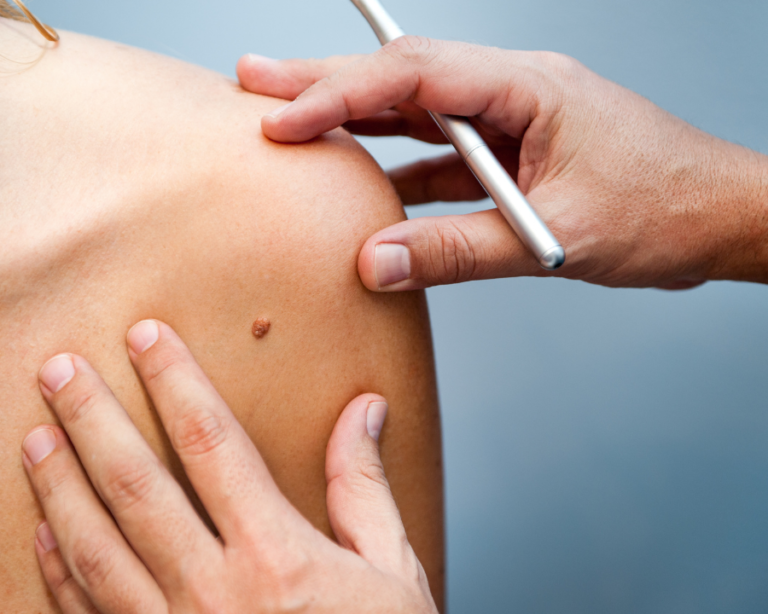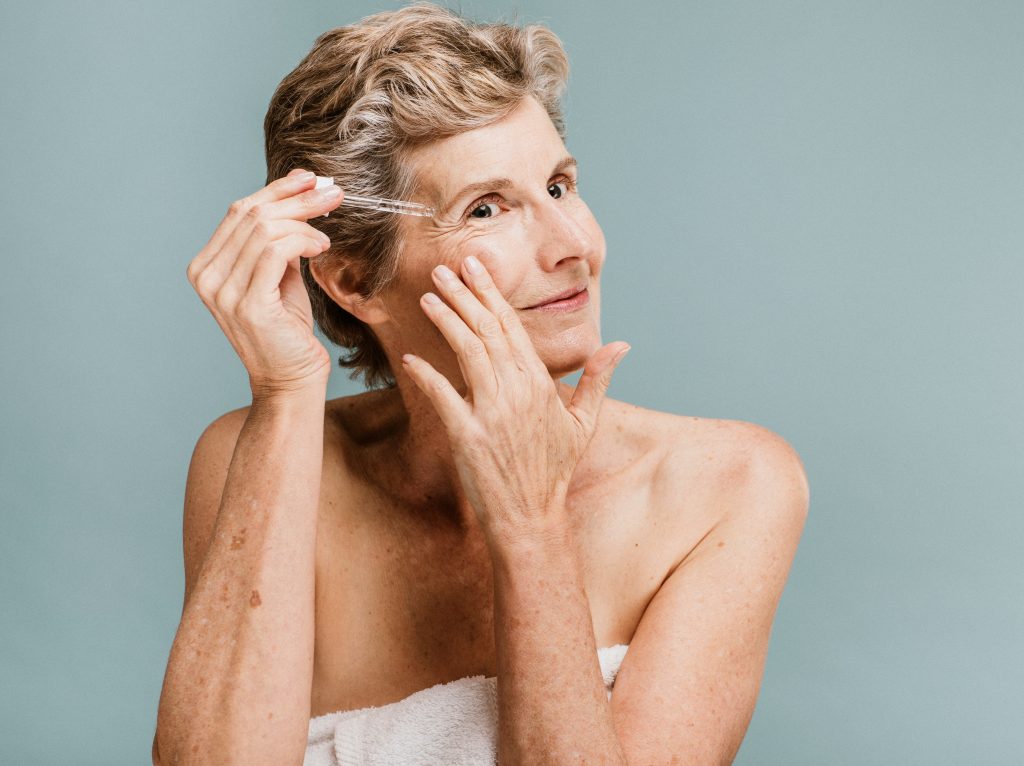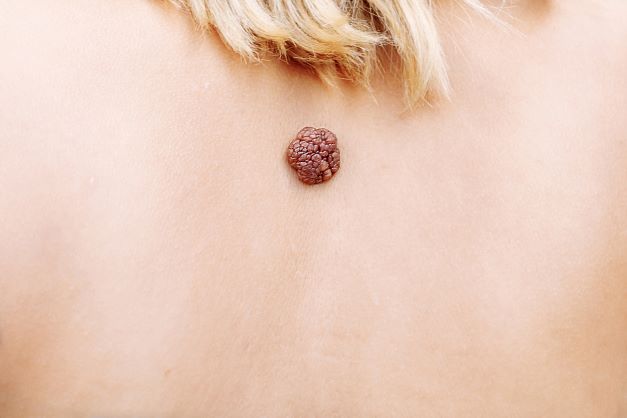Dr. Jeffrey Ross Gunter, a dermatologist at SummitMD Dermatology, regularly treats both children and adults for warts. “It’s a common skin growth that is caused by the HPV virus,” he explains, “and while some of my patients are anxious at the thought of having warts, I find that once they understand more about them and how to treat them, that anxiety fades.”
Warts appear after the HPV virus infects the skin’s top layer, which is why a cut or scrape makes you more vulnerable to getting a wart. Shaving increases the chances of contracting the virus; for this reason, men will often see them on their faces, particularly near their beards, while women will frequently see them on their legs. “Any area of your body is vulnerable, however,” states Dr. Gunter, “and it is very easy to spread the wart from one part of your body to another.”
Their appearance can vary. Dr. Gunter has seen those that are dark, smooth, and flat as well as those that are flesh-colored and rough. “No matter what they look like,” he says, “they are contagious because of the virus. Anyone who makes contact with a wart or with something that touched it can get the virus, too. That said, some people are especially vulnerable, including those who pick at hangnails or bite their nails, those with a weak immune system, and children and teens.”
The common wart is what he usually sees at SummitMD Dermatology. “I see them on my patients’ hands, particularly on the backs of their hands and on the fingers. They feel rough and have black dots, which is why they are sometimes called seed warts. I also diagnose plantar warts, which grow on the soles of the feet and have those same black dots. They often grow in groups and can make your feet hurt since it will feel like you’ve got something in your shoe.”
Dr. Gunter explains that flat warts are found in children on their faces while men and women get them in areas where they shave. “Flat warts are smoother and smaller in comparison to common and plantar warts. You normally see them in far greater numbers, however – as many as 100 at a time.”
He is also able to treat filiform warts. “These are highly distinctive and are found on your face. They stick out from around your eyes or nose like thin fingers, and they will grow fast.”
While many people treat warts on their own, Dr. Gunter recommends being cautious. “Yes, there are some effective over-the-counter medicines for warts, but remember that some skin cancers can look just like warts. I always think it’s wise to see a dermatologist if you have a lot of warts, it’s on your genitals or face, or the wart is bleeding, itching, or hurting.”
At SummitMD Dermatology, Dr. Gunter has an array of options for wart removal. “Which one I use will depend highly on the kind of wart and the age and health of the patient. I have had good results with cryotherapy, which most people know as freezing. It causes some discomfort but is highly effective. The only drawback is that you might need more than one treatment.”
Occasionally, he has used curettage and electrosurgery. “It’s a one-two punch against the wart, which is burned off through electrosurgery, and then any remaining part is scraped off.”
Some warts, unfortunately, are not easy to remove. For these situations, Dr. Gunter may use these treatments:
- Chemical peels: These are particularly effective in treating flat warts. Salicylic acid plaster pads are used at home to peel them off.
- Immunotherapy: Aldara cream is applied to the wart, and the resulting allergic reaction can cause it to disappear.
While there is no cure for the HPV virus that causes warts, Dr. Gunter stresses that there are many reasons for people to be optimistic. “We have many effective treatments that can eradicate warts and keep them under control.”
Dr. Jeffrey Ross Gunter is a dermatologist at SummitMD Dermatology. He is a board-certified dermatologist and a graduate of the Keck School of Medicine at the University of Southern California.
View all articles about Warts.





